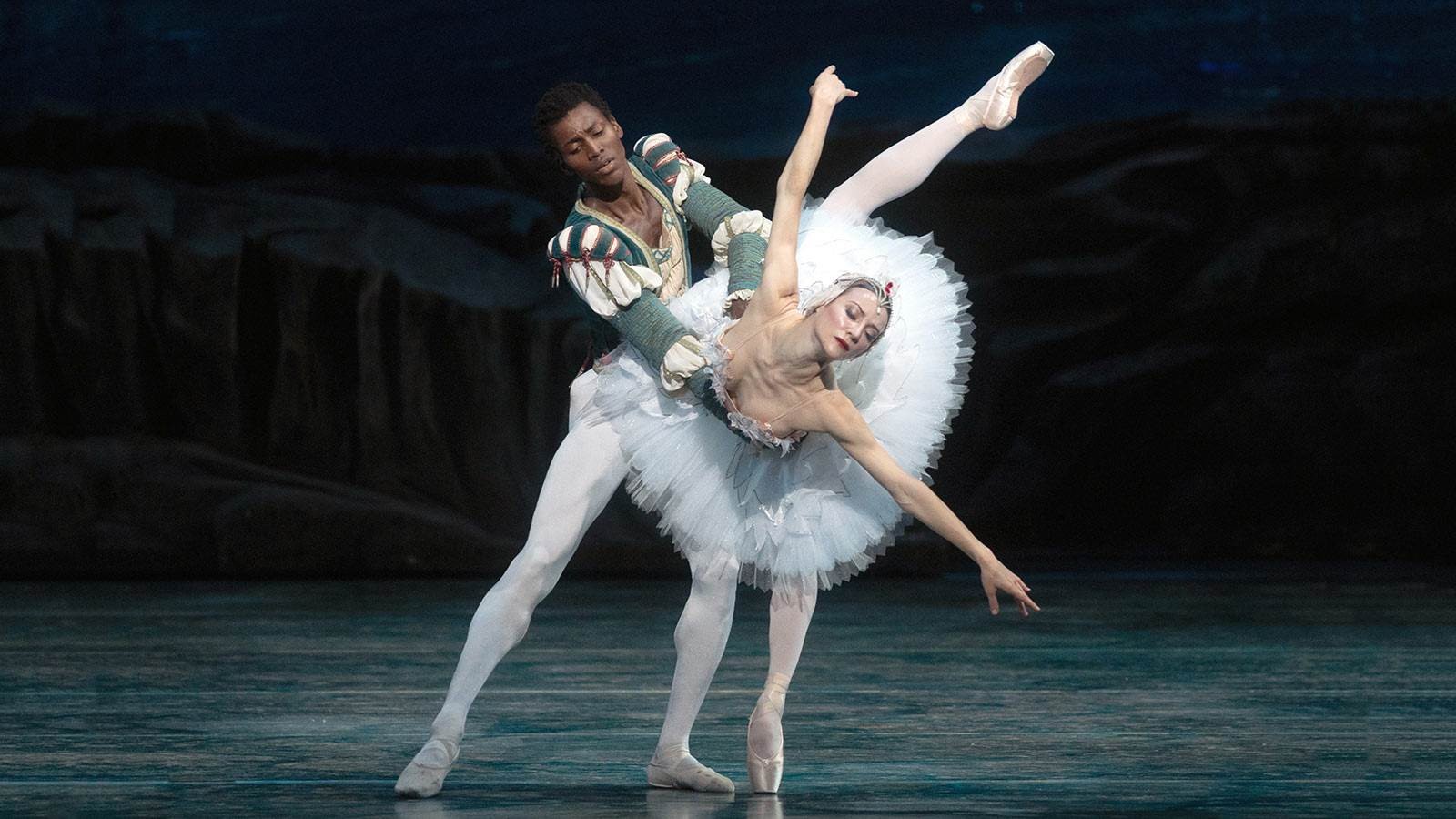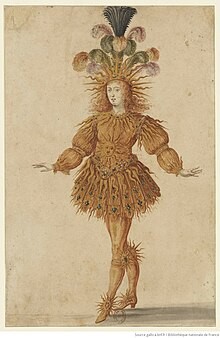Our Latest Blogs

Ballet History for Gaithersburg Dancers
The Beginning of Ballet
Ballet originated in Italy around the 1400s as a part of the early renaissance courts, and it would’ve looked much different from the ballet you know today. Because women of this time wore such restrictive clothing with giant hoop skirts, corsets, and shoes with heels, the steps were very small and simple, such as tiny hops, curtsies, slides, slow turns, and promenades.The word “ballet” comes from the Italian word “ballare” which means “to dance.” During this time, the Italian nobility learned ballet steps from dance masters which they then performed during lavish and extravagant parties. No one from lower classes would have had the opportunity to dance ballet, and most of the amateur performers were men. In the 1500s, an Italian noblewoman by the name of Catherine de Medici loved ballet so much that when she married King Henry the II of France, she brought ballet to the French courts where it became incredibly popular. She even helped popularize a new type of performance called ballet du cour which added together many elements of theater including costuming, music, poetry, and decor, making ballet much more elaborate.
Catherine de Medici Court dancing during the Italian Renaissance
King Louis XIV of France, born in 1638, was an extremely passionate ballet dancer. When he gave himself the lead role of the Sun King in a ballet called Ballet de la Nuit, the audience loved it so much that people began pursuing ballet technique professionally, rather than just for fun. In 1661, the first ballet academy was opened in Paris and by 1681, ballets began being performed on stage instead of simply in the courts. A French ballet master named Jean Georges Noverrre introduced an idea called the ballet d’action which stated that ballet could be performed on its own, rather than alongside opera, poetry, and other art forms. Noverre also believed that ballet should be expressive, with exciting and dramatic movement, and should have a narrative. Jean Georges Noverre is largely responsible for many of our ballets leading up to present-day having a story with characters, rather than simply movement for enjoyment.

King Louis XIV as the Sun King
The Art of Ballet Moving to Russia
In the 1700s, Russian Tsar Peter the Great was responsible for a great expansion of the arts, including ballet. By the late-1700s, the Mariinsky Ballet was formed, one of the most prestigious ballet companies in the world, even to this day. To further mark Russia as the new center of the ballet world, Marius Petipa, a French and Russian dancer, ballet master, and choreographer, became widely known for his new style of choreography. Petipa created many of the ballets we know today, including Swan Lake, The Nutcracker, and Sleeping Beauty. Petipa believed that while ballets should tell a story, dancers should also do exciting and athletic movements such as enormous leaps, difficult pointe work, and many consecutive turns; movements that might not drive the story forward, but make a spectacular show for the audience. In order to further show these physically demanding movements, Petipa also shortened the ballerinas’ tutus, creating the classical tutus that we know today rather than the long romantic tutus that were used before. It was around this time, also, that women became the stars of the ballets, while men became more secondary characters whose roles included mostly partnering.
Sleeping Beauty staged by Marius Petipa American Ballet Theatre’s Swan Lake
In the early 1900s a Russian dancer and choreographer named Sergei Diaghilev began a company known as the Ballet Russes in France. Alongside composer Igor Stravinsky and fellow choreographers Michel Fokine and, more notably, Vaslav Nijinsky, George Balanchine, and many others, created unique and cutting-edge works such as The Rite of Spring, The Firebird, and The Afternoon of a Faun. Between the strange new style of movement and the dissonant sounds of Stravinky, audiences did not respond well at first. In fact, at the premiere of The Rite of Spring in 1913, the audience was said to have rioted, yelling and leaving the theater because it was so strange and avant garde. While audiences of the time might not have understood these works at first, they soon became classics and paved the way for the future of ballet. The Ballet Russes also brought forward many star ballerinas such as Anna Pavlova, the most celebrated ballerina of her time.
Vaslav Nijinsky in Afternoon of a Faun Anna Pavlova
Misty Copeland in The Firebird
Ballet Around the World
Diaghilev and the Ballet Russes created a resurgence of peoples’ passion for ballet all over the world, and in doing so, many of the most famous ballet companies we know today were created. In France, it was the Paris Opéra Ballet, in Britain, the Royal Ballet, in the United States, The New York City Ballet and American Ballet Theater. George Balanchine, the founder of New York City Ballet, created an entirely new style of ballet known as neo-classical ballet; creating works such as The Four Temperaments, Serenade, Western Symphony, Apollo, and Jewels. He is well-known for his plotless ballets, which instead of focusing on a story, explored emotions and the complexity of the music. The Royal Ballet celebrates the works of Frederick Ashton and Kenneth MacMillan, creating works for The Royal Ballet such as Romeo and Juliet, La Fille mal gardée, and Manon, all of which are considered to be modern-day classics. During this time, the popularity of ballet dancers became widely mainstream. Mikhail Baryshnikov, Rudolf Nureyev, and Margot Fonteyn are just a few of the top ballet dancers of the time who were so popular that they became household names all over the world.
Balanchine’s Apollo MacMillan’s Romeo and Juliet
Mikhail Baryshnikov
Ballet Today
With ballet today, we see an increased appreciation for the classics of the past, while also pushing the boundaries with contemporary ballet works. The top ballet choreographers today include Christopher Wheeldon, John Neumeier, and Alexei Ratmansky. Dancers such as Syvlie Guillem, Natalia Osipova, Kimin Kim, Diana Vishneva, Misty Copeland, Marienela Nunez, Tiler Peck, Fumi Kaneko, Alessandra Ferri, and so many others, have shown the elevated athleticism and precision that modern-day ballet requires. Dancers are quicker, stronger, and more flexible than they’ve ever been and we continue to see the barre being raised (pun intended). Along with technological advances, set design, costuming, lighting, and music are becoming more elaborate as well. Ballet is an ever-evolving art form that will continue to explore the human experience, push the limits of the human body, and entertain audiences of all ages all over the world.
Natalia Osipova Sylvie Guillem
Kimin Kim Misty Copeland
Contact Us
I agree to the terms & conditions and privacy policy provided by Empower by Bella Ballet. By providing my phone number, I agree to receive text messages from Empower by Bella Ballet. Reply STOP to unsubscribe at any time.
ADDRESS & HOURS
347 Kentlands Blvd, Gaithersburg MD 20878
Monday: 10 AM - 8 PM
Tuesday: 9 AM - 8 PM
Wednesday: 10:30 AM - 8 PM
Thursday: 10 AM - 8 PM
Friday: 9 AM - 12 PM
Saturday: 8:30 AM - 2:00 PM
Sunday: 8:30 AM - 3:00 PM
Come see what all the hype is about! Call us today at (301) 970-3488 to book a free trial class, or email us at [email protected]. We’re here to serve and are happy to answer any questions you may have.
Opening Hours
Monday: 10 AM - 8 PM
Tuesday: 9 AM - 8 PM
Wednesday: 10:30 AM - 8 PM
Thursday: 10 AM - 8 PM
Friday: 9 AM - 12 PM
Saturday: 8:30 AM - 2:00 PM
Sunday: 8:30 AM - 3:00 PM


